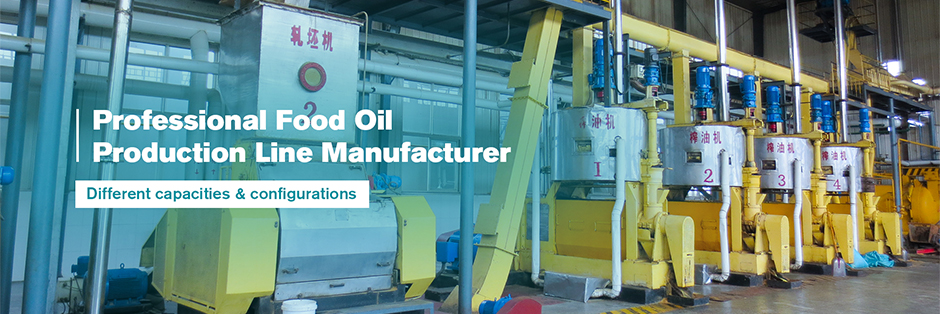Nov . 27, 2024 02:02 Back to list
Cashew Shell Oil Production Process and Equipment Overview for Efficient Extraction
Cashew Shell Oil Production Line A Sustainable Approach to Valorization
Cashew nut processing has historically focused on extracting the valuable nuts, often neglecting the by-products generated during the process. One of the most notable by-products is the cashew shell, which has been overlooked despite its potential for various applications. However, recent advancements in technology and a growing emphasis on sustainability have paved the way for the development of the cashew shell oil production line, transforming waste into a valuable resource.
Understanding Cashew Shell Oil
Cashew shell oil is derived from the shell of the cashew nut, a natural waste product generated in large quantities during the processing of cashews. The oil is obtained through a series of extraction methods, including mechanical pressing and solvent extraction. This oil is rich in anacardic acids, cardols, and cardanols, which offer numerous benefits. Not only do these compounds exhibit antimicrobial and antifungal properties, but they also have potential applications in cosmetics, pharmaceuticals, and biodiesel production.
The Production Line Process
The production line for cashew shell oil involves several key steps
1. Collection and Processing of Cashew Shells The process begins with the collection of cashew shells from processing units where cashew nuts are harvested. It is crucial to ensure that the shells are free from contaminants to preserve the quality of the oil. After collection, the shells undergo a drying process to reduce moisture content, which enhances the efficiency of the extraction process.
2. Extraction of Oil The dried cashew shells are then subjected to oil extraction processes. This can be done through hydraulic or mechanical pressing, which squeezes the oil out of the shells. Alternatively, solvent extraction may be employed, where solvents are used to dissolve and separate the oil from the raw material. Each method has its own advantages, and the choice often depends on the desired purity and yield of the oil.
odm cashew shell oil production line

3. Refinement and Purification Once extracted, the oil may contain impurities or residual solvents that need to be removed. The refining process typically includes steps such as degumming, neutralization, and bleaching. These processes help in enhancing the oil’s shelf life and ensuring that it meets the quality standards required for various applications.
4. Packaging and Distribution After refinement, the cashew shell oil is packaged in suitable containers for distribution. It can be marketed for various uses, including as an ingredient in cosmetics, a biofuel, or in industrial applications like lubricants and coatings.
Economic and Environmental Benefits
The cashew shell oil production line is not only a profitable venture but also an environmentally friendly one. By valorizing waste products, it contributes to waste reduction and promotes sustainability in the cashew processing industry. Additionally, it provides an alternative source of income for farmers and producers, enhancing their livelihoods.
The utilization of cashew shell oil as a renewable resource aligns with global efforts toward sustainable development and green technologies. As the demand for natural oils and eco-friendly products continues to rise, the cashew shell oil production line stands out as a promising solution that meets these evolving market trends.
Conclusion
In conclusion, the cashew shell oil production line represents a significant step forward in waste management and resource utilization. By transforming cashew shell waste into valuable oil, it not only adds value to an otherwise discarded product but also showcases the potential of sustainable practices in agriculture. As more industries look to adopt eco-friendly solutions, the cashew shell oil production line could play a pivotal role in promoting a circular economy, benefiting both producers and the environment alike.
-
Oil Processing Equipment - High-Efficiency Flaking Machine
NewsJul.25,2025
-
High-Efficiency Peanut Oil Refined Machine for Quality Oil Production Leading Exporters & Companies
NewsJul.08,2025
-
High Efficiency Sunflower Seed Oil Press – Leading Cooking Oil Press Machine Factories & Suppliers
NewsJul.08,2025
-
High-Efficiency Soybean Oil Press Machine – Leading Exporters & Reliable Companies
NewsJul.07,2025
-
High-Efficiency Seed to Oil Extractor – Reliable Extraction Machinery for Your Business
NewsJul.07,2025
-
High-Quality Pressing Screw of Oil Expeller for Efficient Oil Extraction Leading Exporters & Manufacturers
NewsJul.06,2025
